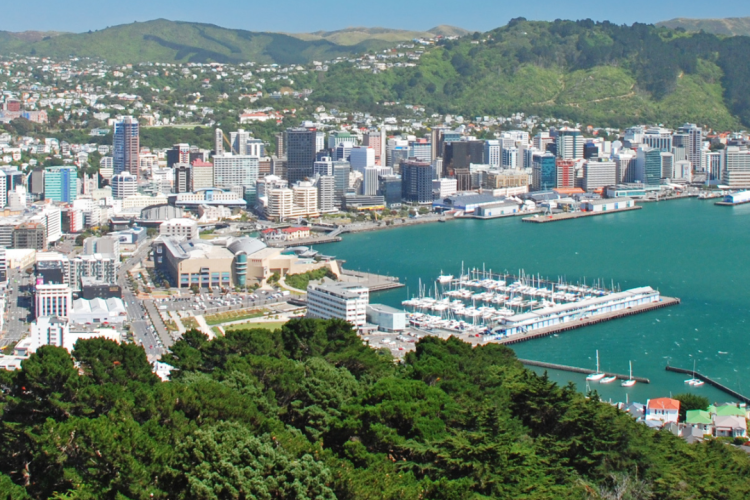Tree Work in New Zealand: City Streets, Small Towns & Country Roads

Tree work in New Zealand is never one-size-fits-all. No two jobs, or locations, are ever the same.
The tools might be the same, but the challenges of working in big cities, smaller towns, and rural areas couldn’t be more different. Each region brings its own quirks, and sometimes its own sense of humour (usually at our expense). Here’s a peek behind the scenes at what it’s really like for our arborists across the country.
Big Cities
City jobs are like performing an operation in a phone box. In Wellington, the trees are often perched on steep slopes with the house, the neighbour’s deck, and someone’s carefully parked Prius all sitting directly below. Add a blustery southerly into the mix, and you’ve got yourself a recipe for an interesting day at the office. We joke that Wellington arborists spend as much time holding onto ropes as they do their chainsaws.
Christchurch, on the other hand, has its own personality. With its wide, tree-lined streets and older suburbs, there’s plenty of room to work, until you discover the massive root system of a 100-year-old oak parked directly above a spaghetti tangle of underground services. Nothing says “fun” like carefully chipping out roots while hoping not to knock out the neighbour’s broadband.
The biggest challenge in both Wellington and Christchurch? Access and planning. Narrow streets, parked cars, tricky terrain, and a lot of foot traffic mean we need to be part arborist, part traffic controller, and part acrobat. But there’s something satisfying about transforming an overgrown tree into a tidy, thriving beauty right in the heart of the city.
Smaller Towns
In towns like Taupō and Whanganui, the pace is a little gentler, but don’t be fooled into thinking the work is easy. Taupō, with its picture-perfect lake views, is home to some stunning properties with equally stunning (and very tall) trees. It’s a privilege to work in such a beautiful place, but the challenge often lies in balancing those million-dollar views with proper tree care. Sometimes, everyone wants the tree gone to “see the lake better,” but we’re always the first to remind people that future shade matters too!
Whanganui has a charm all of its own, with older properties featuring mature trees that often require some delicate work. The challenge here tends to be tree preservation rather than removal, giving heritage trees a new lease on life while keeping the area safe for homeowners and passersby. And with Whanganui’s unpredictable weather, we’re never far from emergency callouts after a good storm.
Rural Work
Head out into the countryside, and the work changes entirely. In rural areas like the Manawatū, Rangitīkei, and Wairarapa, we’re often dealing with shelterbelts, massive stands of pines, and the occasional rogue macrocarpa that’s decided to lean a little too far towards the neighbour’s fence. Here, we trade traffic cones for the occasional muddy paddock rescue mission.
The trees can be bigger, the jobs take longer, and the logistics are often more complex. Sometimes, the hardest part is just getting the gear to the site, think kilometres of gravel roads, paddock crossings, and the odd stubborn herd of sheep that absolutely refuses to move. And while there’s more space to work than in the cities, the scale of rural jobs can be enormous, especially when storm damage is involved.
Same Job, Different Challenges
Whether we’re pruning Pohutukawa in Wellington, clearing storm-damaged trees in Whanganui, or reshaping a shelterbelt in the Wairarapa, the core of our work stays the same: keeping trees healthy, safe, and beautiful.
Every region we work in comes with its own challenges, but that’s exactly what makes this job so rewarding. From tight urban streets to sprawling rural properties, no two days are ever alike, and we wouldn’t have it any other way.
So, whether you’ve got a tricky tree in central Christchurch, a windswept pine in the Wairarapa, or a lakeside giant shading your Taupō deck, you can count on us to bring the right expertise (and a few good laughs) to the job.
